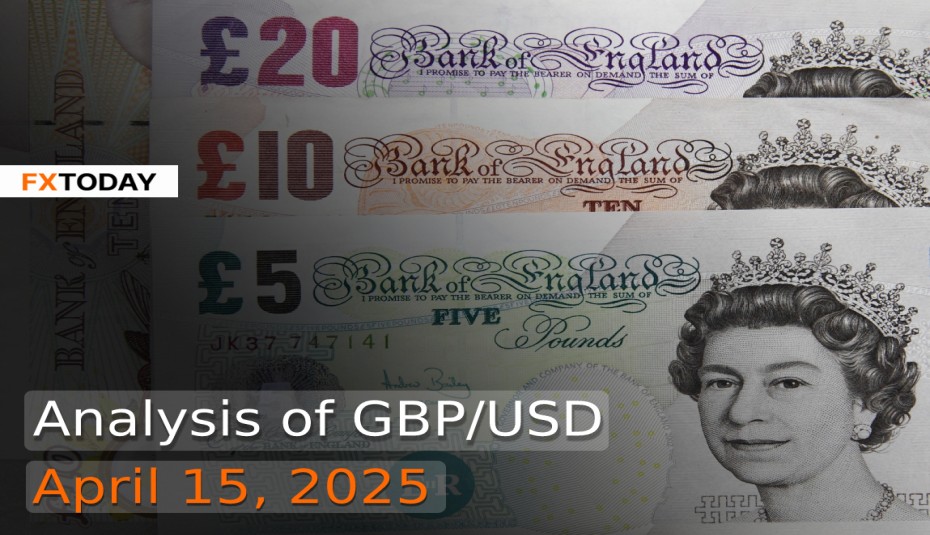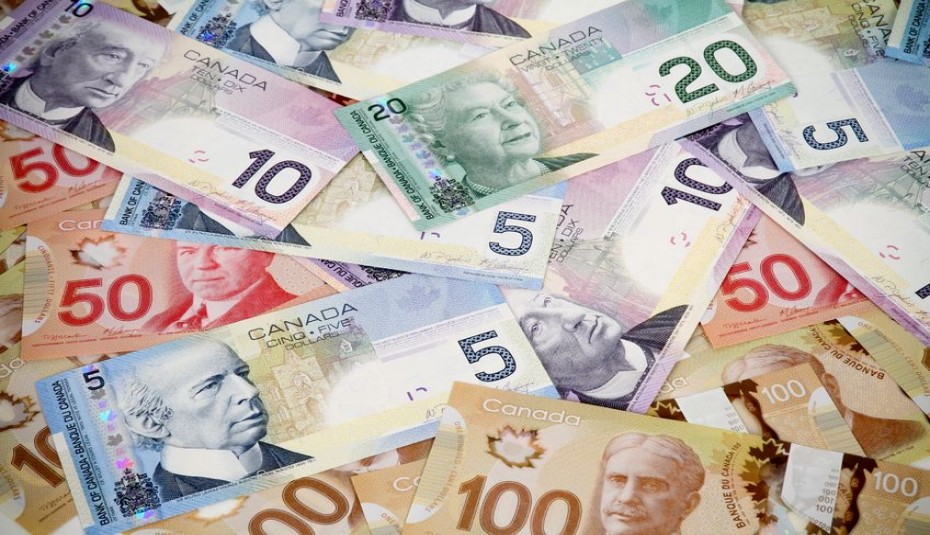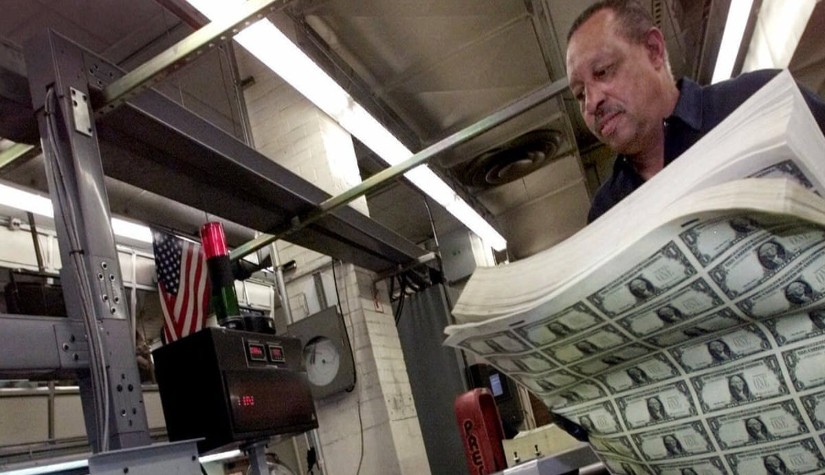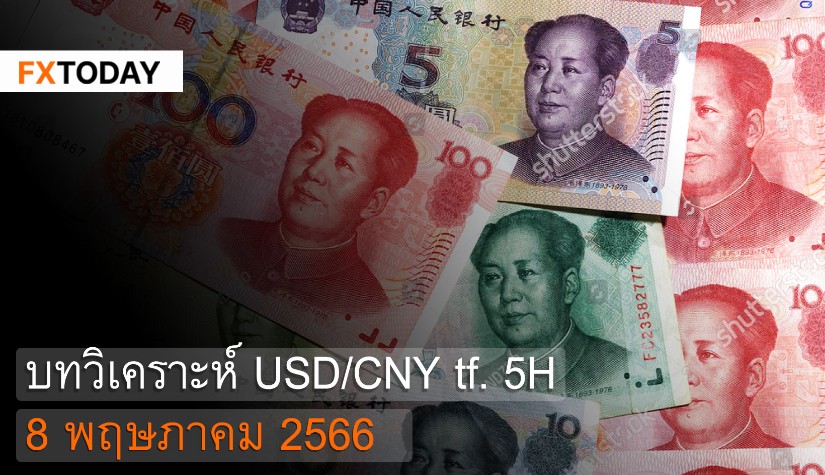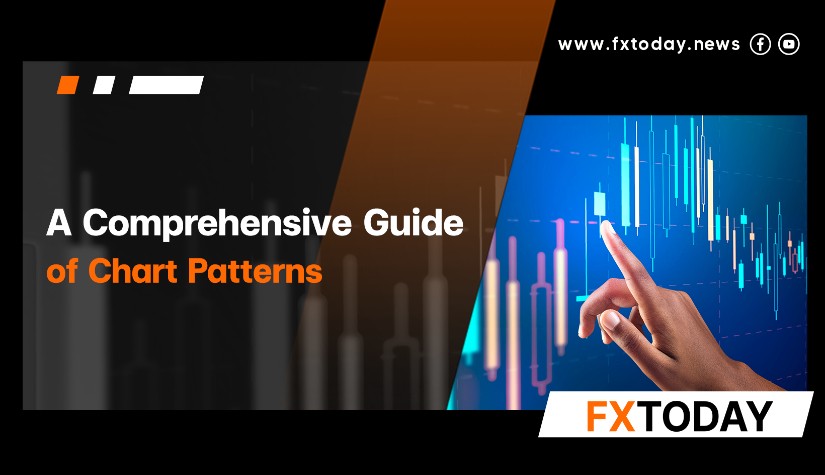BoE Warns of Global Volatility as Trump’s Tariffs Shake Markets
The Bank of England (BoE) has warned that financial markets remain volatile due to U.S. President Donald Trump's aggressive tariff policy, which has led to substantial margin calls for hedge funds and elevated global economic risks.
BoE Deputy Governor Sarah Breeden noted that the full impact of U.S. tariffs on UK inflation and interest rate policy is still unclear but expects the tariffs to suppress UK economic growth. Meanwhile, Finance Minister Rachel Reeves emphasized the importance of global cooperation, warning of the tariffs' profound global economic consequences. She pledged to advocate for fair trade systems at the upcoming IMF meeting.
Despite a surprising 0.5% GDP growth in February—the strongest in 11 months—concerns linger that this performance may be short-lived. Businesses may have front-loaded exports to the U.S. in anticipation of the tariffs, temporarily boosting figures. Barclays revised its Q1 GDP forecast upward to 0.7% but expects slower growth in subsequent quarters. The UK’s trade deficit narrowed, yet forecasts suggest a longer-term drag from disrupted trade flows.
Labor market conditions remain fragile. Hiring slowed, redundancy rates increased, and businesses continue to scale back employment plans due to higher payroll taxes and lingering trade uncertainty. Consumer confidence and wage growth have stayed subdued, adding to inflation concerns.
On inflation, both Barclays and Deutsche Bank adjusted their forecasts slightly downward, expecting CPI to peak at 3.7% before easing. They project inflation to remain elevated in the short term due to rising utility and wage costs, although disinflationary factors such as falling energy prices and weaker demand could bring CPI closer to 3% by next year.
The UK housing market is also under pressure. Demand fell sharply in March, with sales and price expectations weakening. Although asking prices reached a new high in early April, the underlying data shows a cooling trend, particularly in the face of broader economic uncertainties. Rent expectations, however, are rising as supply tightens.
The U.S. dollar weakened as investor confidence faltered amid escalating uncertainty over President Donald Trump’s erratic tariff policies. A flurry of tariff pronouncements, including temporary exemptions for electronics and threats of new duties on semiconductors and pharmaceuticals, added to market confusion.
Markets remained jittery after Trump abruptly paused most tariffs for 90 days following a sharp financial sell-off. Although consumer prices rose less than expected in March, these figures predate the latest tariff wave. Still, fears persist that prolonged trade tensions could drive inflation higher and stall economic growth.
Consumer sentiment fell sharply in April, dropping to its lowest level since June 2022, according to the University of Michigan. Inflation expectations surged to 6.7%, the highest since 1981, with deteriorating views across income, age, and political groups. Worries about rising unemployment are also mounting, as jobless claims slightly increased and expectations for future job losses rose to their highest point since 2009. Though job creation remains modest, hiring has slowed, extending unemployment spells.
The trade war’s fallout is also visible at America’s largest ports. Imports from China are declining sharply as businesses pause shipments in anticipation of further tariffs. The Port of Los Angeles warned that overall import volumes could fall by over 10% in the second half of the year, while exports have already dropped 15%, affecting agriculture and manufacturing.
Meanwhile, the U.S. Treasury reported a $161 billion budget deficit in March, down from the prior year due to calendar shifts. Customs duties surged to $8.2 billion, the highest since 2022, driven by Trump's new tariffs.
Amid mounting global economic uncertainty fueled by U.S. President Donald Trump's escalating tariff war, the British pound is likely to face downward pressure in the medium term. Taken together, GBP/USD is projected to trade lower toward the 1.29–1.30 range over the coming weeks, with downside risks prevailing unless there is clear resolution in U.S.-China trade dynamics or a shift in BoE policy stance.
Data for Technical Analysis (1H) CFD GBP/USD
Resistance : 1.3185, 1.3191, 1.3201
Support : 1.3165, 1.3159, 1.3149
1H Outlook
Source: TradingView
Buy/Long 1 If the support at the price range 1.3151 - 1.3165 is touched, but the support at 1.3165 cannot be broken, the TP may be set around 1.3185 and the SL around 1.3144, or up to the risk appetite.
Buy/Long 2 If the resistance can be broken at the price range of 1.3185 - 1.3199, TP may be set around 1.3210 and SL around 1.3158, or up to the risk appetite.
Sell/Short 1 If the resistance at the price range 1.3185 - 1.3199 is touched, but the resistance at 1.3185 cannot be broken, the TP may be set around 1.3158 and the SL around 1.3206, or up to the risk appetite.
Sell/Short 2 If the support can be broken at the price range of 1.3151 - 1.3165, TP may be set around 1.3132 and SL around 1.3192, or up to the risk appetite.
Pivot Points Apr 14, 2025 05:18PM GMT
|
Name
|
S3
|
S2
|
S1
|
Pivot Points
|
R1
|
R2
|
R3
|
|---|---|---|---|---|---|---|---|
| Classic | 1.3132 | 1.3149 | 1.3158 | 1.3175 | 1.3184 | 1.3201 | 1.321 |
| Fibonacci | 1.3149 | 1.3159 | 1.3165 | 1.3175 | 1.3185 | 1.3191 | 1.3201 |
| Camarilla | 1.316 | 1.3162 | 1.3165 | 1.3175 | 1.3169 | 1.3172 | 1.3174 |
| Woodie's | 1.3128 | 1.3147 | 1.3154 | 1.3173 | 1.318 | 1.3199 | 1.3206 |
| DeMark's | - | - | 1.3153 | 1.3173 | 1.318 | - | - |
Sources: Investing 1, Investing 2

